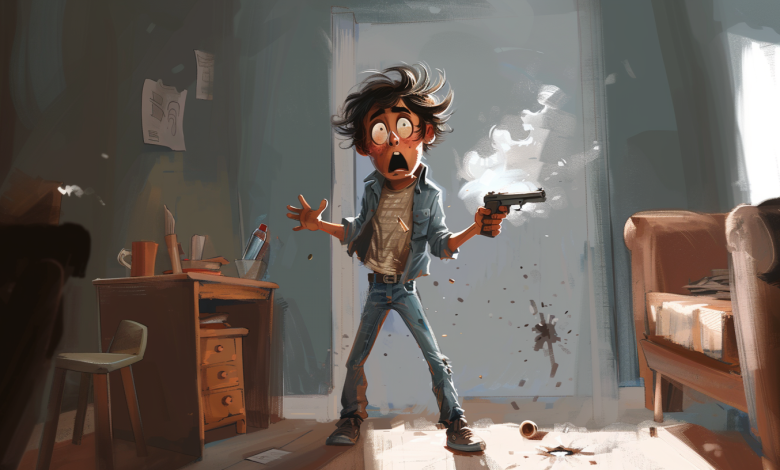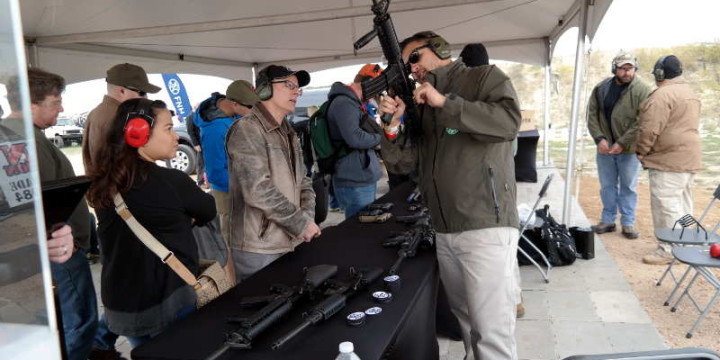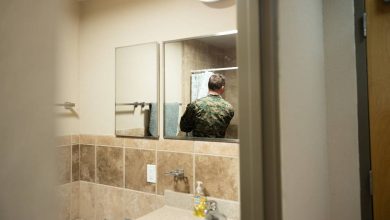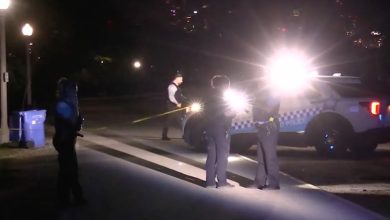What Is A Negligent Discharge? Learn This Safety Info Now 2024

We’re going to answer the question; What is a Negligent Discharge? The ability to prevent negligent discharges is crucial for any firearm owner. This guide provides essential tips to prevent negligent discharges at home, at the range, and while carrying, emphasizing the importance of safe gun handling practices.
Owning a firearm comes with significant responsibilities, one of which is ensuring that you are always being mindful of your actions to prevent negligent discharges do not occur. A negligent discharge, often abbreviated as ND, can have devastating consequences. Whether at home, at the range, or while carrying, understanding how to prevent these incidents is crucial for the safety of yourself and those around you. This comprehensive guide will cover best practices for preventing negligent discharges in various settings.
What is a Negligent Discharge?
Understanding negligent discharge is the first step. A negligent discharge occurs when a firearm is unintentionally fired. This can happen due to various reasons such as improper handling, lack of attention, or failure to follow basic safety protocols. Unlike mechanical malfunctions, which are rare, negligent discharges are almost always preventable through proper training and responsible behavior.
General Safety Rules to Prevent Negligent Discharges
The foundation of preventing negligent discharges lies in adhering to the four cardinal rules of firearm safety:
- Treat Every Firearm as if It Is Loaded: Always assume a gun is loaded, even if you believe it isn’t.
- Never Point a Firearm at Anything You Are Not Willing to Destroy: This helps prevent accidental injury or damage.
- Keep Your Finger Off the Trigger Until You Are Ready to Shoot: This minimizes the risk of a negligent discharge.
- Be Sure of Your Target and What Is Beyond It: Always be aware of what you are aiming at and the backdrop behind it.
Preventing Negligent Discharges at Home
At home, negligence can easily lead to accidents, especially with children or other uninformed individuals around. Here are some tips to ensure safety:
Safe Storage
- Use a Gun Safe: Store firearms in a locked safe that is inaccessible to unauthorized users, especially children.
- Employ Trigger Locks: Use trigger locks or other safety devices that render the firearm inoperable.
- Store Ammunition Separately: Keep ammunition in a separate, locked location away from firearms.
Education and Training
- Educate Household Members: Teach everyone in the household, including children, about firearm safety and the dangers of negligent discharges.
- Regular Training: Regularly practice safe handling techniques and refresh your knowledge through training courses.
Situational Awareness
- Designate Safe Zones: Establish specific areas in the home where handling firearms is safe, such as a dedicated cleaning area.
- Minimize Distractions: Avoid handling firearms when you are tired, distracted, or under the influence of alcohol or drugs.
Preventing Negligent Discharges at the Range
The shooting range is a controlled environment designed for practicing shooting skills, but it can also be a place where negligent discharges occur if safety protocols are not followed.
Range Safety Rules
- Follow All Range Commands: Always listen to and follow the range officer’s commands and the specific rules of the range.
- Maintain Muzzle Discipline: Always keep the firearm pointed downrange and never wave it around.
- Use the Safety Features: Engage the firearm’s safety when it’s not in use and always unload it before setting it down.
Proper Handling and Maintenance
- Inspect Your Firearm: Regularly check your firearm for any signs of wear or malfunction that could lead to unintentional discharge.
- Maintain Cleanliness: Keep your firearm clean and well-maintained to prevent mechanical issues.
Preventing Negligent Discharges While Carrying
Carrying a firearm for personal protection requires heightened awareness and discipline to prevent negligent discharges.
Holster Safety
- Use a Quality Holster: Choose a holster that fits your firearm perfectly and covers the trigger guard to prevent accidental trigger engagement. Learn how to choose the perfect holster here.
- Regularly Inspect Your Holster: Ensure your holster is in good condition and replace it if it becomes worn or damaged. Additionally, if a single part of the holster is worn out, replace that part if possible. If not, get a new holster.
Mindful Handling
- Practice Safe Drawing Techniques: Regularly practice drawing and reholstering your firearm safely, ensuring your finger remains off the trigger.
- Be Aware of Your Environment: Stay conscious of your surroundings and adjust your actions accordingly to avoid bumping or dropping your firearm.
Legal Considerations
- Understand Local Laws: Familiarize yourself with the laws regarding carrying firearms in your area to ensure you remain compliant and avoid legal issues.
- Stay Updated: Laws and regulations can change; stay informed about any updates or changes that could affect your carrying practices.
Advanced Tips for Avoiding Negligent Discharges

Training and Drills
- Participate in Advanced Courses: Take part in advanced firearm training courses that emphasize safe handling and advanced shooting techniques.
- Regular Drills: Engage in regular practice drills that simulate real-life scenarios to reinforce safe handling habits.
Mental Preparedness
- Stay Calm Under Pressure: Learn techniques to remain calm and composed in stressful situations, reducing the risk of hasty or careless actions.
- Mindfulness Practices: Incorporate mindfulness practices to enhance your focus and awareness when handling firearms to help prevent negligent discharges.
Conclusion
Can you now answer the question; What is a Negligent Discharge?
The ability to prevent negligent discharges is an ongoing responsibility that requires vigilance, education, and adherence to safety protocols. By following these guidelines, you can significantly reduce the risk of negligent discharges, ensuring the safety of yourself and those around you.
Always keeping these things in mind is essential, as even one error can turn into a negligent discharge that no one wants.
By implementing these practices, you can maintain a safe environment and become a more responsible firearm owner. Stay informed, stay trained, and prioritize safety above all else.
Safety Tip: Always assume every firearm is loaded and handle it with the utmost care and respect. Proper storage and regular training are key to preventing accidents.
Read the full article here






